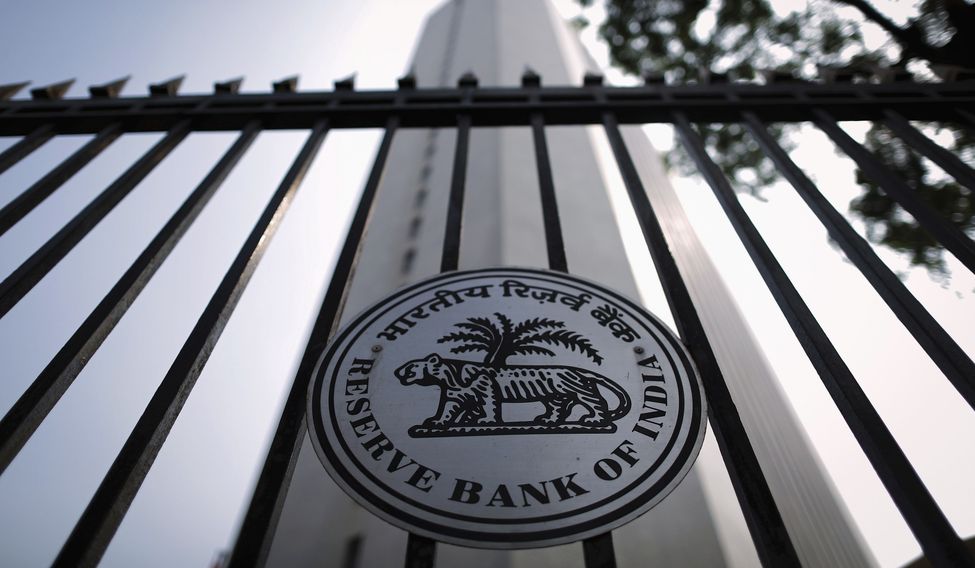The Modi government may well go to polls in 2019 with a report card that includes success in dealing with the vexed non-performing assets (NPAs) of banks. And helping it majorly will be the Banking Regulation (Amendment) Ordinance 2017.
There are indications that NPAs worth Rs 8 lakh crore should be settled by March 2019, largely through The Insolvency and Bankruptcy Code, 2016 (IBC) process. The government may also use other NPA-resolution mechanisms like Strategic Debt Restructuring Scheme (SDR) and Sustainable Structuring of Stressed Assets (S4A) or Corporate Debt Restructuring (CDR).
This will result in bringing down NPAs to acceptable levels and improving the financial health of banks.
The Banking Regulation (Amendment) Ordinance 2017, promulgated on May 4, specifically empowers the government to handle cases related to stressed assets. It allows the Union government to authorise the RBI to issue directions to banks to initiate proceedings in case of a default in loan repayment, under the IBC. The Ordinance also empowers the central bank to specify authorities and committees to advise banks on the resolution of stressed assets. The RBI is mandated to approve or appoint members of such committees.
The NPAs are a big drain on the financial health of banks, especially public sector banks (PSBs), and prevent them from granting fresh credit and get the wheels on manufacturing and industry moving.
If 27 PSBs collectively made an operating profit of Rs 1.5 lakh crore in 2016-17, the net operating product slipped to Rs 574 crore after allowing for the provisioning for bad loans.
“It should be safe to assume that the NPAs mess would largely be resolved by the first quarter of financial year 2019-20. This would be helped by a combination of several factors—turnaround in the economic cycle and some resolute steps by the government and the Reserve Bank of India—to fix the issue,” said an ASSOCHAM study titled NPAs Resolution: Light at the end of tunnel by March 2019.
Although entire NPAs could be put on the altar of IBC resolution mechanism, it has to be seen how much and how fast they actually go out from the balance sheets of banks, which, at this point of time, seem very stressed, it said.
In the recent past, the RBI expanded the overseeing committee by appointing three more members to the high-level panel headed by former chief vigilance commissioner Pradeep Kumar. Now, a five-member panel will work through multiple benches.
Banks have been reluctant to resolve NPAs through settlement schemes or sell bad loans with hair cut to asset reconstruction companies for fear of 3Cs—CBI, CAG and CVC. The overseeing committee comes as a cushion, as key decisions which involve taking losses by the banks, would be taken by an institutional mechanism and not by one or few individuals.
Within hours of the notification of the ordinance amending the Banking Resolution Act 1949, the RBI had eased the decision-making process in the Joint Lenders' Forum (JLF) and Corrective Action Plan (CAP) under the 'Framework for Revitalising Distressed Assets in the Economy'.
The apex bank initiated the process of resolution and identified 12 accounts each having more than Rs 5,000 crore of outstanding loans and which account for 25 per cent or nearly Rs 2 lakh crore of total NPAs of banks for immediate referral to reach a conclusion under the IBC.
According to ASSOCHAM, the NPAs of entire PSBs rose by over Rs 1 lakh crore to Rs 6.06 lakh crore during April-December of 2016-17, the bulk of which came from power, steel, road infrastructure and textile sectors.
The trade and industry body said large loans of Rs 10 crore and above make up for 79 per cent of total gross non-performing loans. It is to be noted that Iron & Steel, Infrastructure, Agriculture and Textiles contributed the most to stressed assets at 26.1 per cent, 11.8 per cent, 9.7 per cent and 6.6 per cent respectively.






